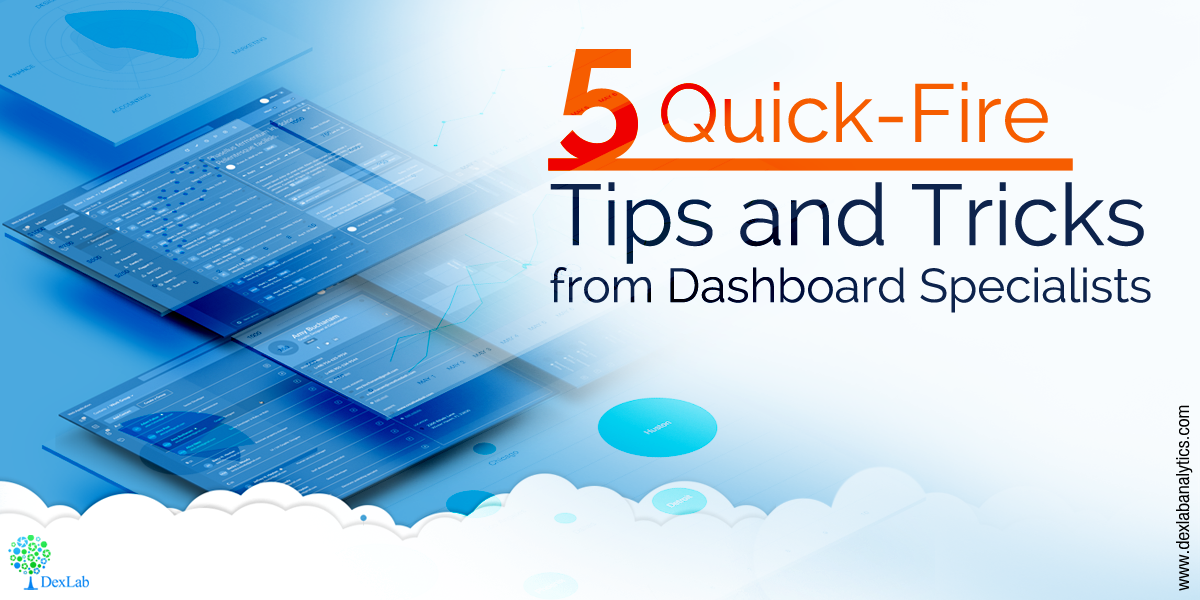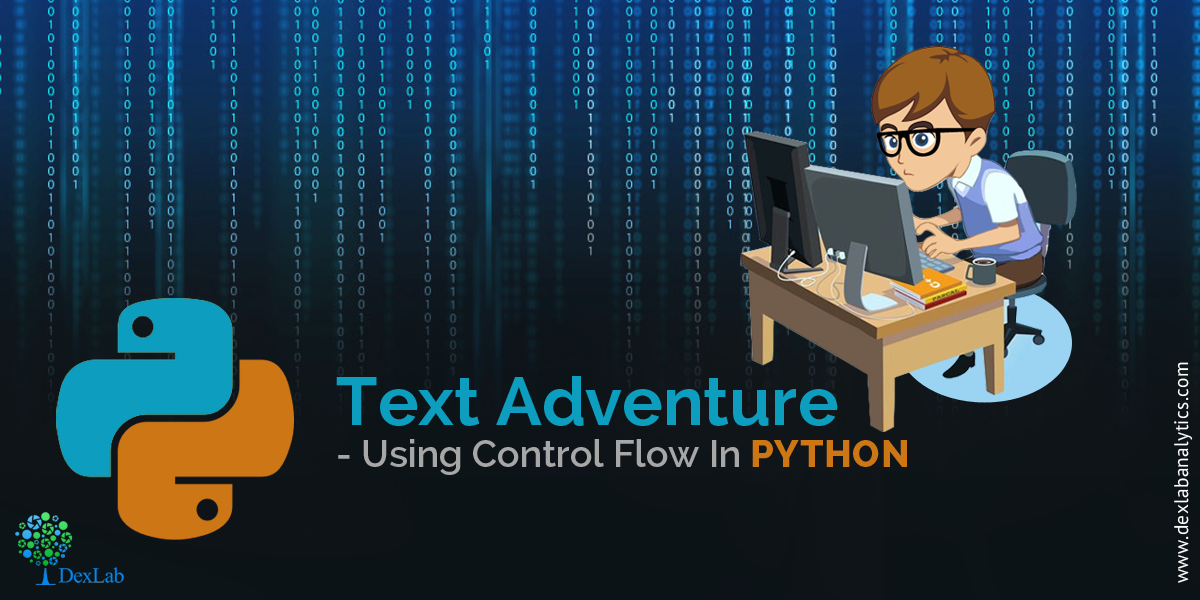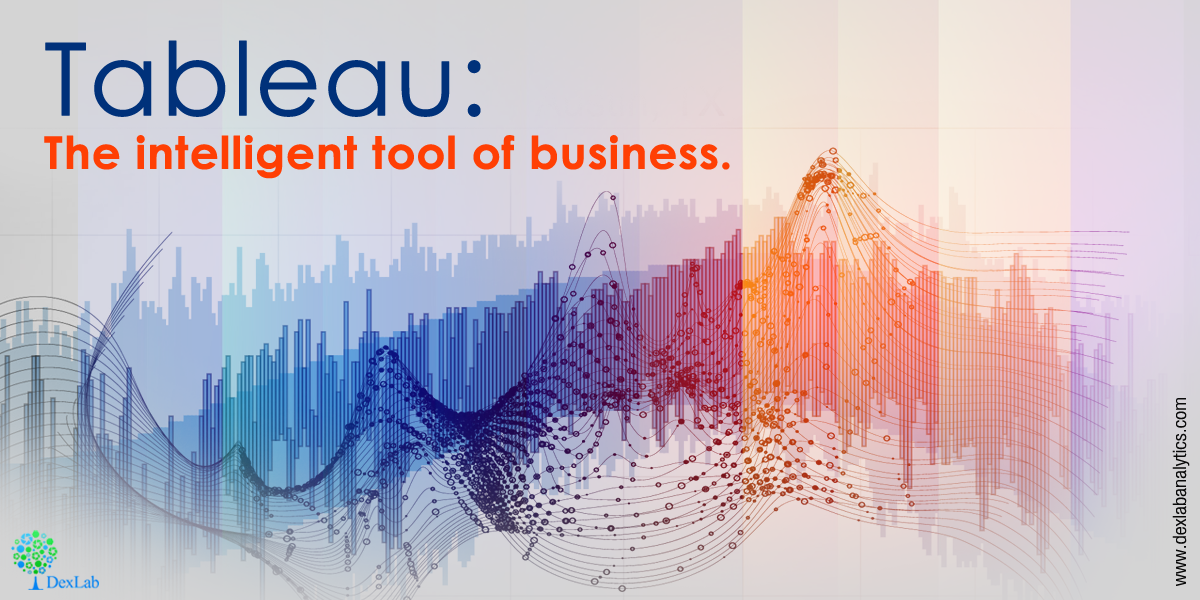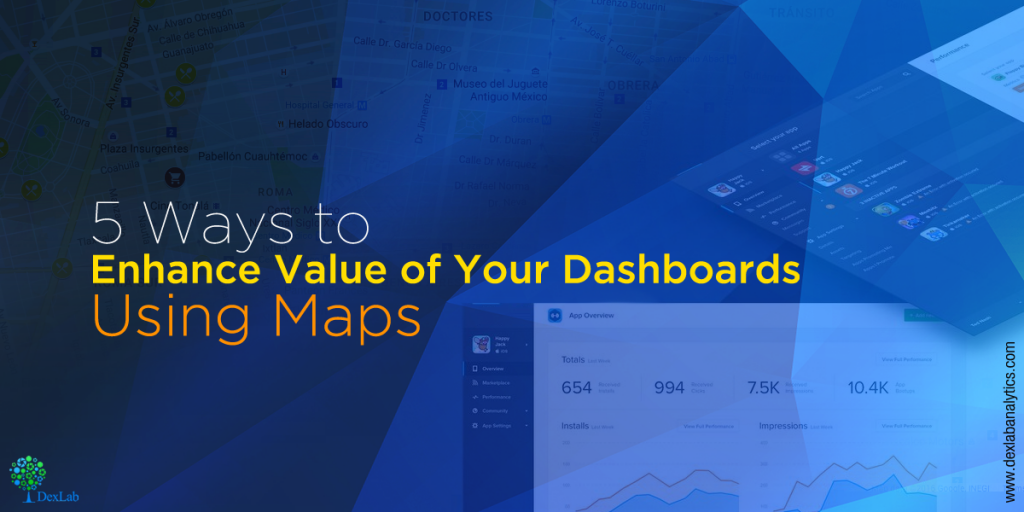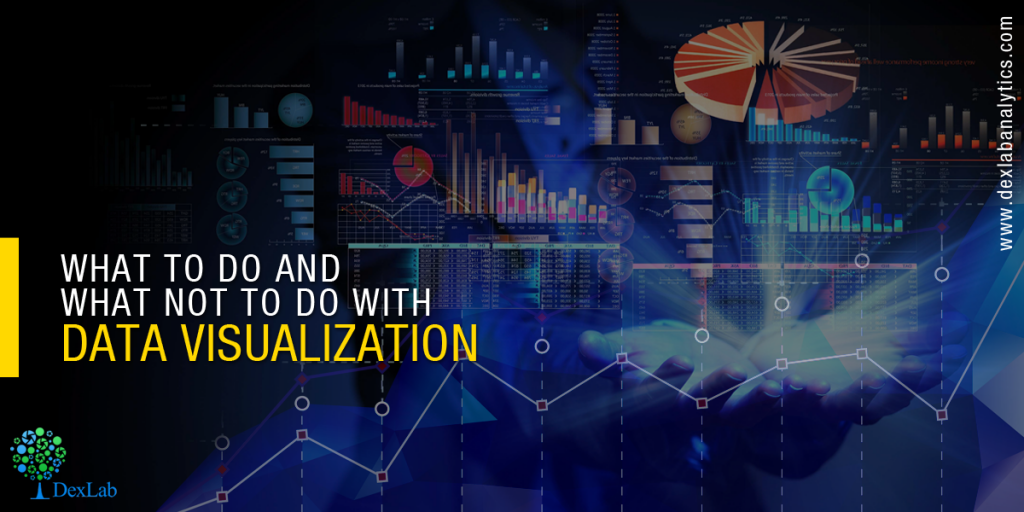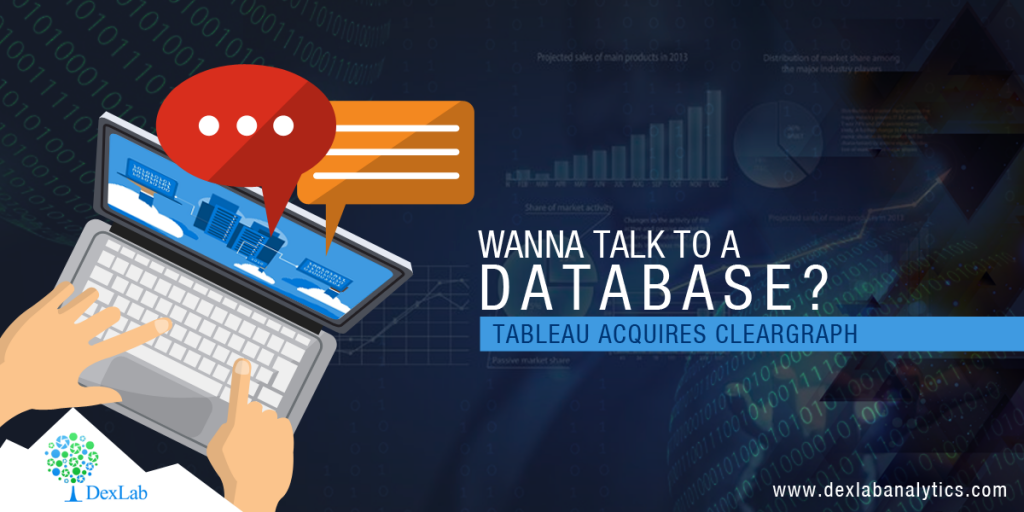Dashboard visualization is big data’s next in-trend topic. Well-presented information boosts our processing capabilities. Programs like Tableau aim to do exactly that. Tableau uses state-of – art and highly functional graphics to transform big data into something pleasant to look at. More importantly, it has the profound ability to source data from cloud as well as hard drive units of various shapes and sizes, while simultaneously cross-paneling the information into meaningful graphs, charts and tables. This in turn have a remarkable impact on the overall speed to market time through the conversion of input information into interactive, actionable choices. As a result it speeds up the process of realizing the business decisions.
Today, there exists an intense competition between enterprise editions of Tableau. Many of these upon realizing the market value of the incredible visuals which are unique to Tableau have chosen build on it. This has been achieved through the addition of some useful functions and features. Following are the top 3 apps among these enterprise editions of Tableau.
Alteryx
Alteryx fuels Tableau visualizations with an advanced level of data blending, transposing and analysis. As a result it is more efficient in presenting the data. It makes use of automated progresses thereby reducing the need to perform manual actions. Alteryx has been impressive in its exploration of spatial, predictive and statistical analysis, ease of transposability using drag/drop facility, and also because coding is not a requirement. It is capable of handling big data or cloud data in sequence with local or hard drive data. Collaborative information becomes scalable and more manageable.
BI Connector
BI Connector is a self-serving data performer which seamlessly bridges the functions of Tableau and OBIEE without demanding the knowledge of an IT expert. Strong security protocol from OBIEE is utilized to safeguard data while it’s being exported, such as publishing worksheets with the drag/drop facility. The dashboard interface makes collaborating data more flexible. Also, the fluidity of its navigation is user-friendly and practical. Services on a server and desktop are equally powerful.
Dataiku
Dataiku boosts the ability of its users to ‘think’ data. Its performance and credibility are honed through additional visual interfaces. In particular, Dataiku DSS lays emphasis on a capability pertaining to trending and predictive data. The users can even chose to share out code snippets or create their own model. This program exclusively caters to big data infrastructures. Dataiku permits users to quickly comprehend complex feature interactions and analyze coefficients. The best part about all these processes is their navigation which uses a rather visually-pleasing interface.
Hence Tableau enables users to interrelate with data and then proceed with its visualization which includes the creation of interactive and sharable dashboards. It enables the world’s largest organizations unleash the power of their most valuable asset- data. To know more about Data Visualization take a look at the Tableau BI Certification course conducted by DexLab Analytics-a premier institute offering professional courses on data science.
References:
https://www.biconnector.com/blog/3-apps-to-get-the-most-out-of-tableau/
http://www.dashboardinsight.com/articles/digital-dashboards/fundamentals/what-is-a-dashboard.aspx
Interested in a career in Data Analyst?
To learn more about Machine Learning Using Python and Spark – click here.
To learn more about Data Analyst with Advanced excel course – click here.
To learn more about Data Analyst with SAS Course – click here.
To learn more about Data Analyst with R Course – click here.
To learn more about Big Data Course – click here.
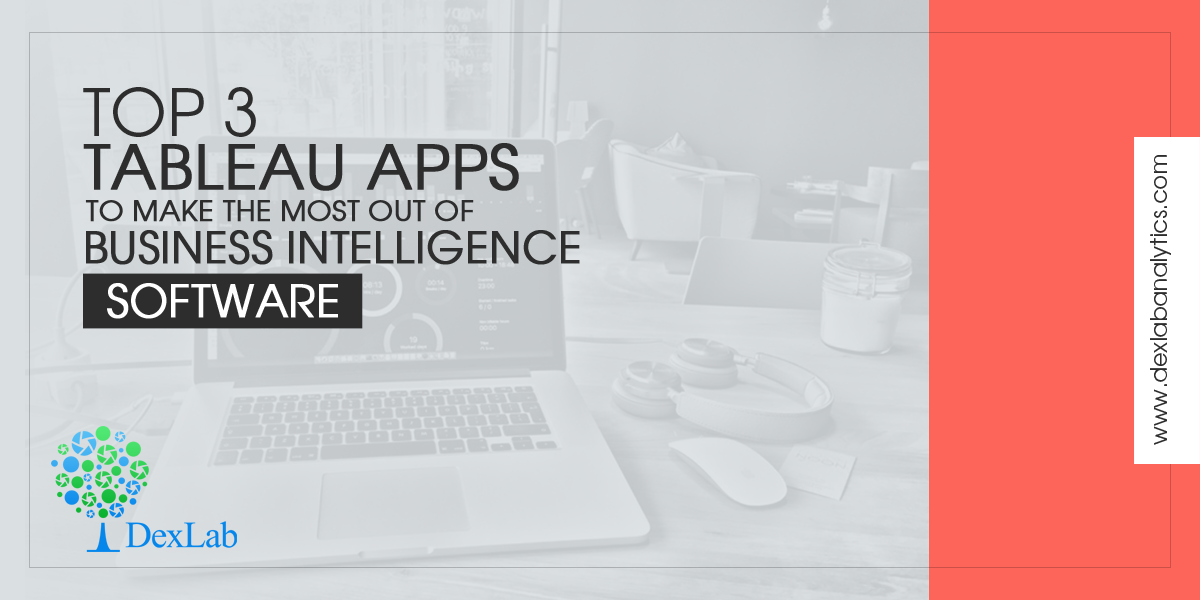
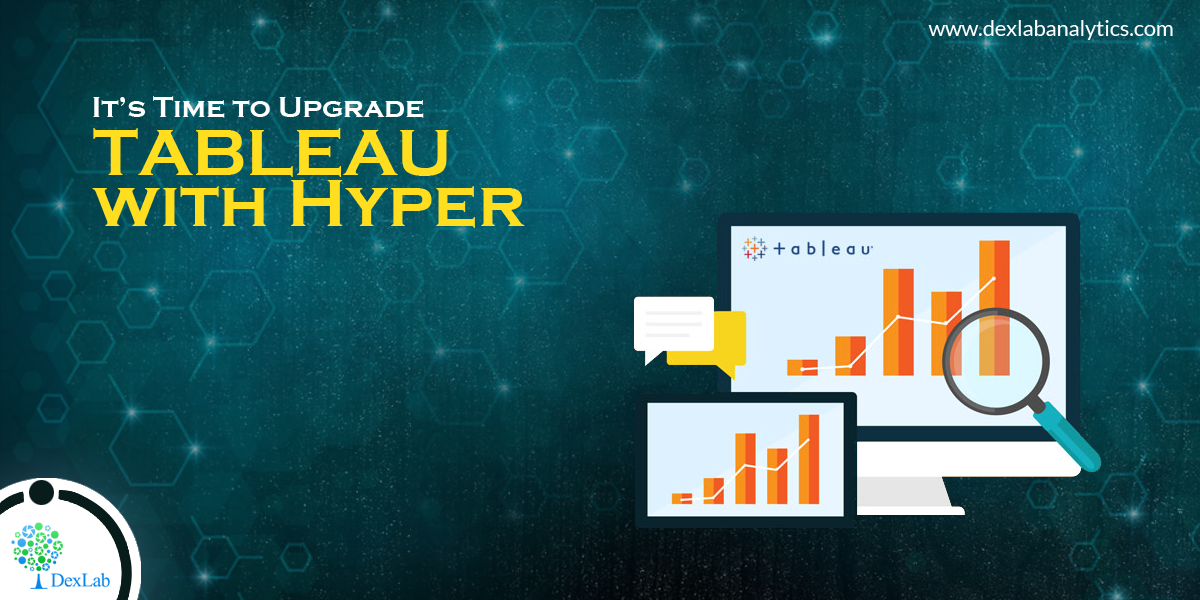
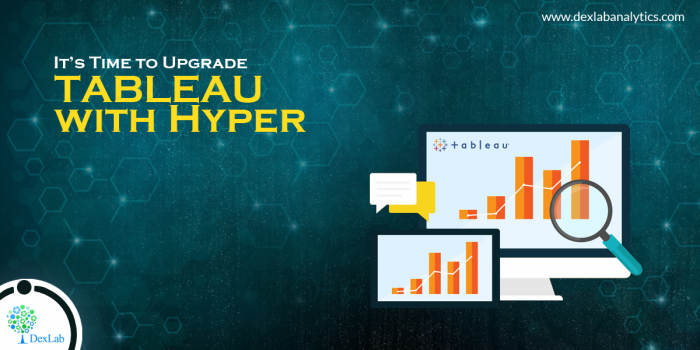
![5 Sure-fire Ways to Develop a Powerful Customized Web Analytics Dashboard in Tableau [VIDEO]](https://www.dexlabanalytics.com/wp-content/uploads/2017/11/^47CBFD057B1333A8D71AEB534A345901348D5D51D9BDC85641^pimgpsh_fullsize_distr.png)
